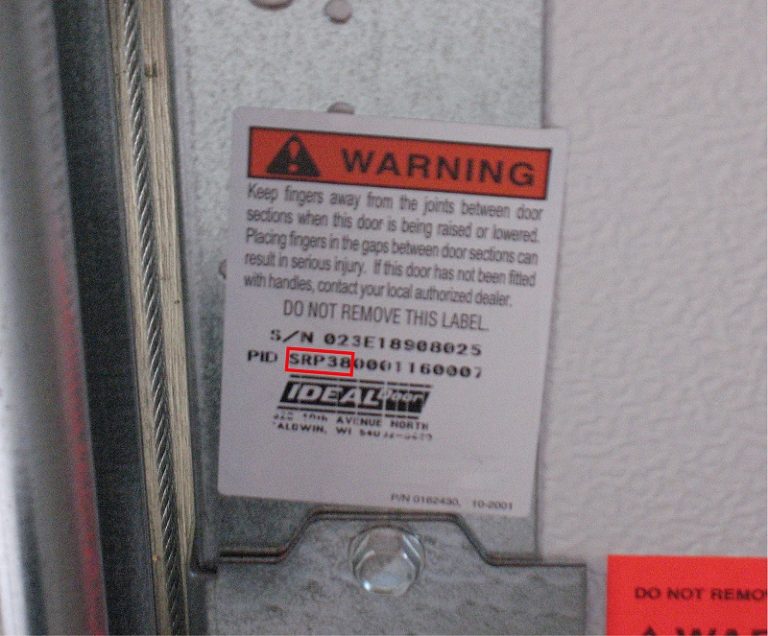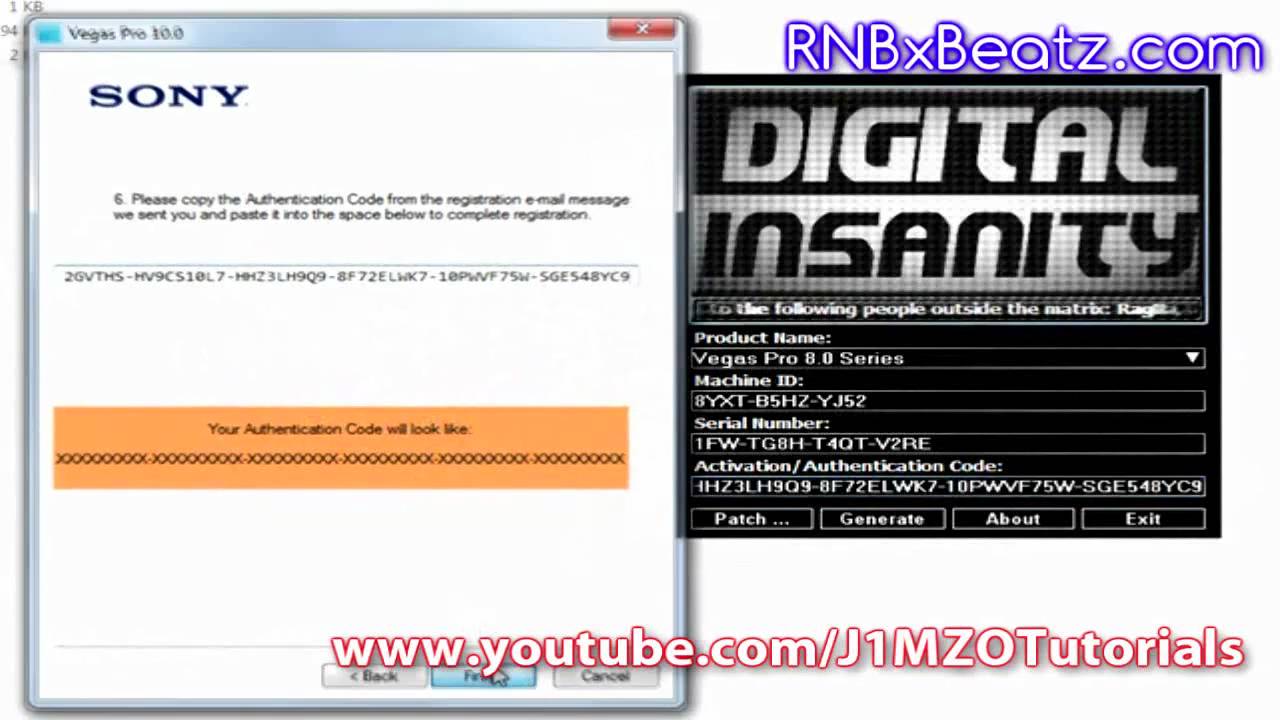
The burden for fitness of information provided relies solely and completely with the user. Accuracy and reliability of the information provided is believed accurate but is not guaranteed. This web site should not be relied upon for commercial use or interpretations. This guide is intended to assist Commercial/Residential Building Inspectors, HVAC professionals, Facilities Managers, HOA’s, etc., in determining the date of manufacture and/or age of HVAC equipment to determine the expected useful life (EUL). Your use of any such or similar incorporeal property is at your own risk. Unless otherwise stated Building Intelligence Center (sites are neither endorsed by nor affiliated with any of the holders of any such rights and as such Building Intelligence Center (cannot grant any rights to use any otherwise protected materials. Their use here does not imply that you may use them for any purpose other than for the same or a similar informational use as contemplated by the original authors of these articles under the CC-BY-SA and GFDL licensing schemes.

To find out the age of another brand of air conditioner or heat pump, go to How do I determine the age of my air conditioner?, which has a listing of all major manufacturers and links to instructions for decoding their serial numbers.

Whatever year your figure out, it’s a really old system. This home was built in 1979, so we determined it that way.

Because the “8” may be for 1968,1978, or 1988, you want to look at the ANSI certification year, or year of construction of the home, for guidance. So the serial number of the unit below indicates it was manufactured in 1978.

For units from the late 1960s thru the late 1980s, there is a different serial number code, with the single number after an initial letter being the year of manufacture.


 0 kommentar(er)
0 kommentar(er)
